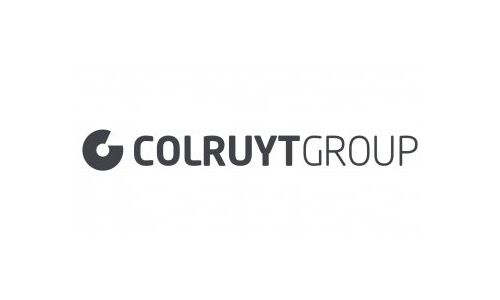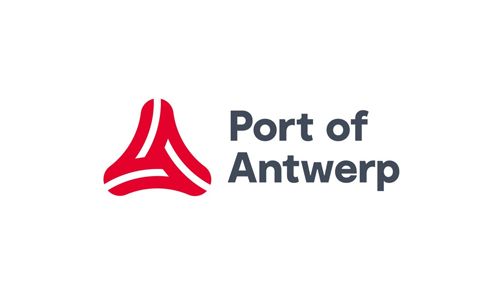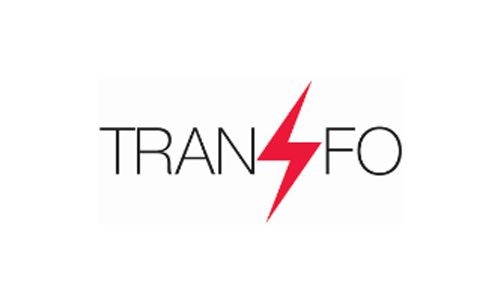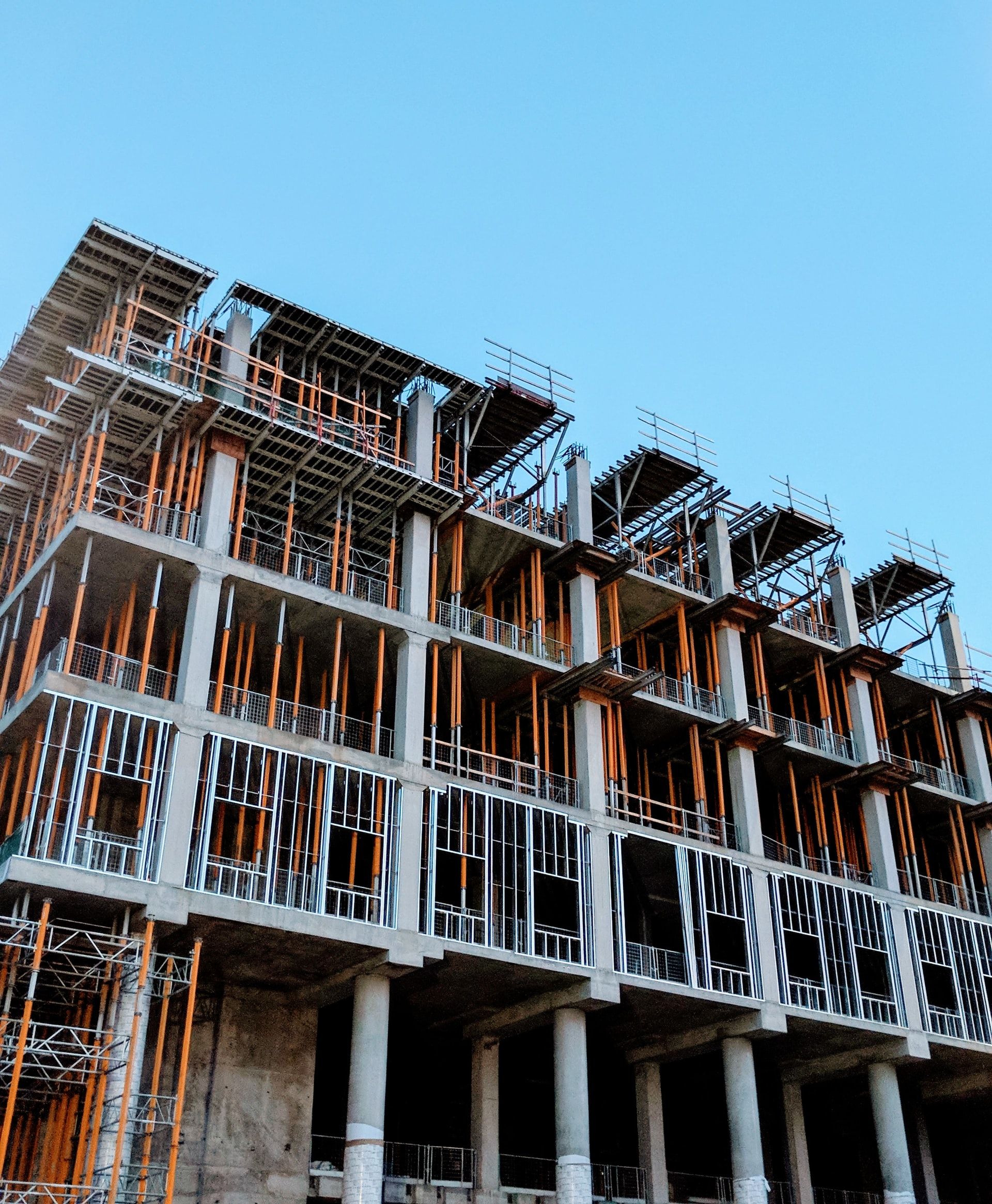What is circular construction?
In a circular economy, buildings and building materials are used, reused, adapted and rebuilt for as long as possible. That way we avoid too many materials ending up as waste and having to tap ever more new sources of material.
Circular construction is more than the reuse and recycling of building materials (urban mining). Everything starts with the design of a building. Does it guarantee long and sustainable use? Can it easily be adapted to future needs? Does it facilitate the reuse of building materials once the building has been demolished? ...
When looking at new building materials, it is important to use natural and easily recyclable materials. Other raw materials that can become exhausted are used as efficiently and effectively as possible.
Why is circular construction important?
Circular building offers a solution to several problems. It can transform the building industry from having a significant environmental impact into an industry that actively contributes to the sustainable future of Flanders.
The construction industry in Flanders currently produces some 15 million tonnes of waste, which accounts for about 35% of our waste. Construction and demolition activities are responsible for 5 to 12% of our national CO2 emissions.
Circular building can have a major impact on these figures, with a positive effect on the climate, the environment, economic growth and employment. By using fewer materials, reusing materials and closing (local) loops of raw materials and materials, global CO2 emissions are reduced.
What are the challenges for circular construction?
There are some bottlenecks or 'systemic barriers' that stand in the way of developing a circular building model:
- Buildings today are mainly designed for a specific purpose.
- Other players, active in the later phases of a building's life cycle, are hardly taken into account.
- The focus today is on building as cheaply as possible.
These bottlenecks were studied in the European Buildings As Material Banks (BAMB) project, which concluded in 2019. In that project, materials and buildings were designed from the outset to be disassembled and reused later. A building was literally considered a material bank with the zero-waste idea in mind.
Apart from new construction, the question also arises as to what to do with discarded building materials. To what extent can they be reused as urban mines in the circular building economy? Wim Debacker, Circular Building expert: "A research and experimentation project on demolition has taught us that the greatest challenges are not so much on a technical level, but rather on a systemic one.
Think of a lack of trust within the supply chain, the initial cost that is too high, the difficulty of scaling up some solutions and the fact that the potential benefits of circular construction - and also of urban mining - are still little known to clients."
System changes that enable circular construction
Future-oriented design and (re)construction
Buildings and materials must be designed and constructed with a focus on change, in order to maximise reuse. In other words, they must be purposeful and easy to disassemble. To support this, design tools were developed in the BAMB project: Reversible Building Design.
Increasing knowledge and competence in the field
In a circular model cooperation is needed across the entire value chain, including data and information sharing about products, components and buildings. Material passports play an important role here.
Decisions are based on lowest initial cost as well as on long-term effects
We need to evolve towards business models that take into account the costs and benefits across the entire life cycle. These should also be socially and environmentally related. The TOTEM tool, co-developed by VITO, compares the environmental impact of circular and/or linear building solutions.
Creating commitment across the entire value network
We build close partnerships in which each party can create added value. VITO has developed an accessible way to visualise and redesign the advantages and disadvantages of existing and alternative partnerships. Discover it in the guide 'Value Network Mapping'.
Create a targeted support base among decision makers
By highlighting the individual and societal benefits of circular construction, a 'willingness to pay' must be created. We do this by clearly mapping the relative scarcity of raw materials and quantifying the long-term added value of sustainable circular solutions for clients, investors and (end) users.
Support innovation within the construction and demolition industry
By defining a long-term agenda and supporting actions together with (new) small and large companies, governments, investors and civil society organisations, a larger playing field is created from which every active player can benefit. This is currently happening within the Werkagenda Circulair Bouwen.
Circular (re)construction, where do you start?
Are you an entrepreneur in the Flemish construction business and do you want to start working on circular construction? Are you looking for support todevelop and roll out a circular business model?
Ask for circular advice
Rely on VITO’s advice to prepare your company, products, strategy and processes for the circular economy. Our experts help you to make the right choice that’s both economically sound and scientifically substantiated.
Circular guides and tools
In the framework of the 'Building a Circular Kempen' project VITO, Kamp C and Möbius developed two interesting guides to help you on your way: a comprehensive script for the organisation of a co-creation process, and a manual on circular building.
Would you like to compare the environmental impact of circular and/or linear building solutions? That’s possible with the TOTEM tool that VITO co-developed.
Develop your innovative building material in VITO's Concrete Lab
Do you have an idea for an innovative building material that makes use of alternative (low-carbon) cements and/or secondary, synthetic and artificial aggregates? Then VITO’s Concrete Lab is your go-to place for developing, producing and testing your material. It offers infrastructure to produce and test ready-mixed and prefab (compressed) concrete.
These companies are committed to circular construction

Colruyt Group aspires to be a reference point for sustainable entrepreneurship and consumption. The environmental impact of the buildings and sustainable material management are also part of this. To achieve its goal, the group is investing in innovative construction methods and materials, among other things. The Belgian retailer turned to VITO for tailor-made advice.

Flanders is aiming to be an international leader in the field of circular economy. The Port of Antwerp wants to play an important role in this. In order to make the right strategic decisions for the future and to further develop the port in this direction, Port of Antwerp is relying upon VITO, among other partners.

In July 2020, the 'RE/SOURCED' project was launched at Transfo. RE/SOURCED aims to build a circular and self-sufficient energy system on the site with a focus on 3 themes: renewable energy, circular economy and the reconversion of heritage.
Green deal circular construction
Flanders Circular, OVAM and the Flemish Confederation of Construction launched the Green Deal Circular Construction in 2019. Through this joint commitment, 320 organisations, including VITO, are collaborating to make circular building a daily reality in Flanders in the future.
In addition to this, OVAM and VITO have started a partnership around an experiment and learning environment, in which experiences are shared.
There is also an extra research project that was commissioned by OVAM: the Proeftuin Circulair Bouwen (VITO/EnergyVille, WTCB, UHasselt, VUB). This living lab looks at the past and the future by focusing on two aspects: urban mining and change-oriented building.
- With urban mining, we consider existing buildings as large mines full of valuable raw materials that can be reused.
- With change-oriented construction, we avoid creating additional construction and demolition waste in the future. We design buildings to support the changing needs and wishes of users and society, not only today but also in the future.
The first report on urban mining was released in June 2021. Read it here.
Projects circular construction
CiS²AR – Towards Circular, Sustainable, Smart and Reversible Buildings
Client: Vlaio/Flux 50
Partners: VITO, Th!nkE, Ecosource, Kamp C, Ahrend
Period: 2019 – 2021
"Design, develop and implement the building that will last a lifetime and be ready to integrate the energy technologies and innovations of today and tomorrow, even without knowing what they will be," that is the main goal of what this partnership aims to achieve in just over 2 years. This feasibility study will serve as a framework to evaluate the state of circularity, sustainability, smartness (energy efficiency and smart/flexible energy systems) and reversibility. It identifies solutions for missing elements, materials, components, energy systems and assesses the feasibility of integrated elements with interchangeable and exchangeable connections for technologies (water, heating, cooling, data and electricity). The interest lies in the potential of a collaborative approach whereby the various partners retain their product ranges but ensure that they create synergy when used together, and whereby developments towards marketable products are jointly initiated.
Support for circularity and change-oriented construction
Fase A: design of an assisted living facility evaluation
Client: archipelago architects
Partners:VITO
Period: 2020 - 2021
archipelago architects wants to map the relevance of circular strategies on healthcare architecture and infrastructure. In order to do so, they want a substantiated argumentation based on LCC and LCA analyses in order to objectively assess the effective impact of these strategies. VITO uses its expertise to test these concepts against the concrete design of a residential care home.
Circulair building Kamp C
Consultancy to a construction consortium
Client: Kamp C
Partners:VITO, Beneens, TEN, Streng-th, Terra Energy, Muurtuin, Westarchitectuur, tenerga
Period: 2020
Kamp C will build the first fully circular commercial building in Flanders at its site in Westerlo. Last year, Kamp C issued a circular tender in order to choose a suitable construction consortium to carry out this innovative assignment. The tender was finalised on 17/01/2020 and awarded to the Kamp Circulair consortium. VITO supported this consortium during the tender in the field of circularity.
ICEBERG
Client: EC – H2020
Partners:Tecnalia (lead), VITO + 33 other partners: https://iceberg-project.eu/consortium/
Period:2020-2024
Construction, renovation and demolition waste (CDW) is one of the heaviest and most voluminous waste streams generated in the EU28 (350 Mt/year, excluding excavation waste). As part of a continuous effort towards a sustainable economy, the EC adopted in 2015 a new Circular Economy Package with measures prioritizing End of Life Building materials among others. ICEBERG aims to design, develop, demonstrate and validate advanced technologies for the production of high-purity secondary raw materials (>92%w) through 6 circular case studies (CCS) across Europe, covering circularity of wood, concrete, mixed aggregate, plasterboard, glass, polymeric insulating foams and inorganic superinsulation materials.
Our role: active involvement in one of the case studies (concrete) with local partners (Colruyt, OVAM, etc.), in close collaboration with our colleagues from the Sustainable Materials team.
Circulaire Gebouw Lidl Belgium
Client: Lidl Belgium
Partners:VITO
Period:2020-2021
Lidl Belgium wants to take down one of its stores in order to maximise the valorisation of the released material flows, followed by the construction of a circular store. VITO is an important partner in the development of TOTEM (Tool to Optimise the Total Environmental impact of Materials) and the underlying MMG method (Environment-related Material Performance of Building (elements)). A TOTEM analysis was made of the plans and specifications of one of the current Lidl stores. In addition, VITO will use its expertise and experience in the field of circular building concepts, amongst other things by co-developing the design guidelines 'Change-oriented building' for the OVAM (Public Waste Agency of Flanders). Last year VITO also monitored the demolition of the Lidl store in Buggenhout and formulated improvement actions for maximum valorisation of the construction and demolition waste. During the project the demolition will be monitored with a view to maximum valorisation and key performance indicators (KPIs) for the circular store will be linked to TOTEM. In addition, VITO will help draw up an implementation plan for the circular store and calculate the avoided impact of this circular store during the concept phase.
Calls & collaborations change oriented construction
Calls 2020 circular construction: duration 2020 – 2022
Het Archelier: Interdisciplinair Circulair Architectuur Laboratorium dat architecten en bouwteams ondersteunt bij circulaire keuzes.
CIRCAT: Ontwikkeling van een circulair aanbestedingspakket voor technische installaties
CESCO XL: een nieuw circulair woonconcept
Circulair beton: naar een betonakkoord voor Vlaanderen
Open call 2019 construction: duration 2019 – 2021
Sloopwijzer: AI voor automatische materiaalherkenning in gevels van gebouwen
Windows of (Circular) Opportunity: Kunnen circulaire bouwtechnieken een gezinswoning opnieuw betaalbaar maken?
Finished projects:
Labo Leegstand: modulair bouwpakket voor tijdelijke invulling leegstaande panden
Expeditie Circulair: begeleiding van bedrijven bij het zoeken naar een circulair bedrijfsmodel
Bouwen aan een circulaire Kempen: co-creatie rond circulair bouwen in de Vlaamse bouwwereld
Other collaborations:
Samenwerking met Colruyt rond TOTEM tool: om de milieuperformantie van gebouwen en gebouwelementen in kaart te brengen en te evalueren
WoonC (Hoe kan circulair bouwen, wonen opnieuw betaalbaar maken?):




